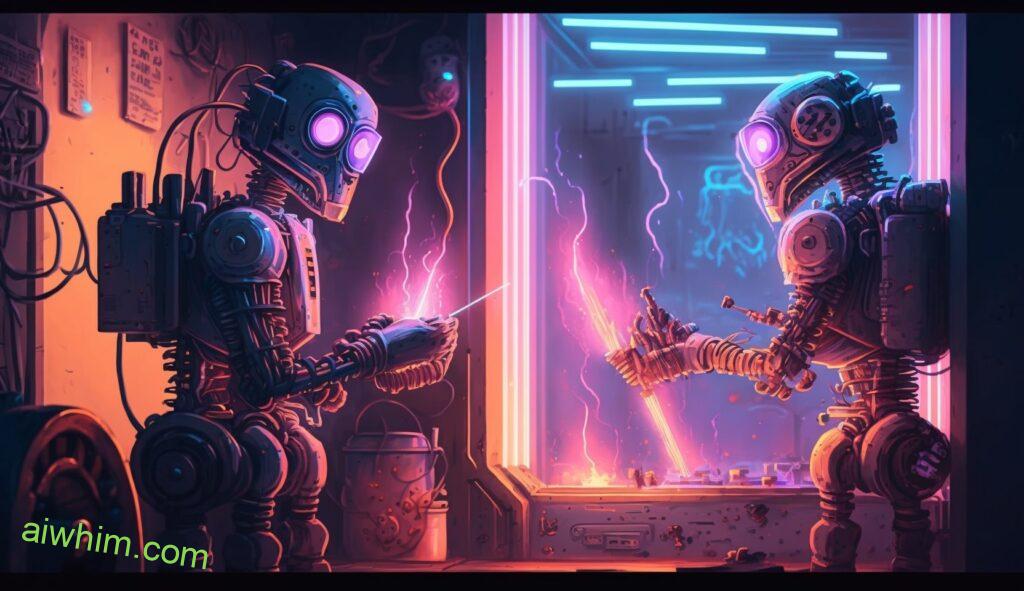Today’s construction workers face a new challenge. As technology advances, robots and artificial intelligence (AI) are emerging as potential replacements for manual labor in the industry. While this could open up opportunities to improve efficiency and reduce costs, it also raises concerns about job security and economic displacement of human workers. In this article, we explore the implications of an automated future on construction workers — starting with how they will be affected by these technological developments.
The world of work is changing at lightning speed. With major advancements in robotics and AI, machines are able to do more than ever before. This has given rise to fears that soon they may completely replace humans in certain industries, such as construction. The thought of one’s job being ousted by a robot can leave many feeling uneasy and vulnerable — especially those whose livelihoods depend on their ability to work with their hands. But what does automation really mean for them? How much disruption can we expect from its implementation?
We’ll answer all these questions and more in our exploration into the impact of robotics and AI on the lives of construction workers around the globe. It’s time to take a closer look at how these technologies might affect us — both now and in the near future!

What Is Artificial Intelligence?
Have you ever wondered what Artificial Intelligence (AI) actually is? AI refers to the theory and development of computer systems that are able to perform tasks traditionally requiring human intelligence, such as visual perception, speech recognition, decision-making, and language translation. It has been used in various industries for a long time now, but only recently have its implications become more visible. AI relies on sophisticated algorithms which can learn from experience with data sets so machines can execute many complex tasks without any human intervention.
Among the most common techniques used by AI today are machine learning and deep learning. Machine learning uses computers to develop programs that can independently ‘learn’ from data without being explicitly programmed to do so. In contrast, deep learning leverages a multi-layered approach using neural networks that mimic the brain’s processes for analyzing information and making decisions based on it. This allows the system to extract features from large amounts of unstructured data and use them efficiently for analysis and prediction purposes.
By the way, click the link to find an article about AI’s effect on manufacturing jobs!
The potential applications of AI are vast and far-reaching – they range from medical diagnosis to autonomous vehicles or even robot construction workers! As technology progresses at an incredible rate, we need to consider how these advancements will impact our lives and livelihoods going forward. We must be mindful not just of their advantages but also their risks; this includes ethical considerations such as privacy protection when gathering personal data or ensuring fairness in algorithmic decisions made by automated systems.
As AI continues to evolve rapidly, understanding its capabilities is becoming increasingly important for anyone interested in staying ahead of the curve in terms of technological advances – especially those who work in the field of construction where automation could potentially replace some manual labor jobs. To stay competitive amidst these developments requires us to embrace change while grappling with new realities about our future roles in society.
Also, click the link to read about the impact of automation for warehouse workers!
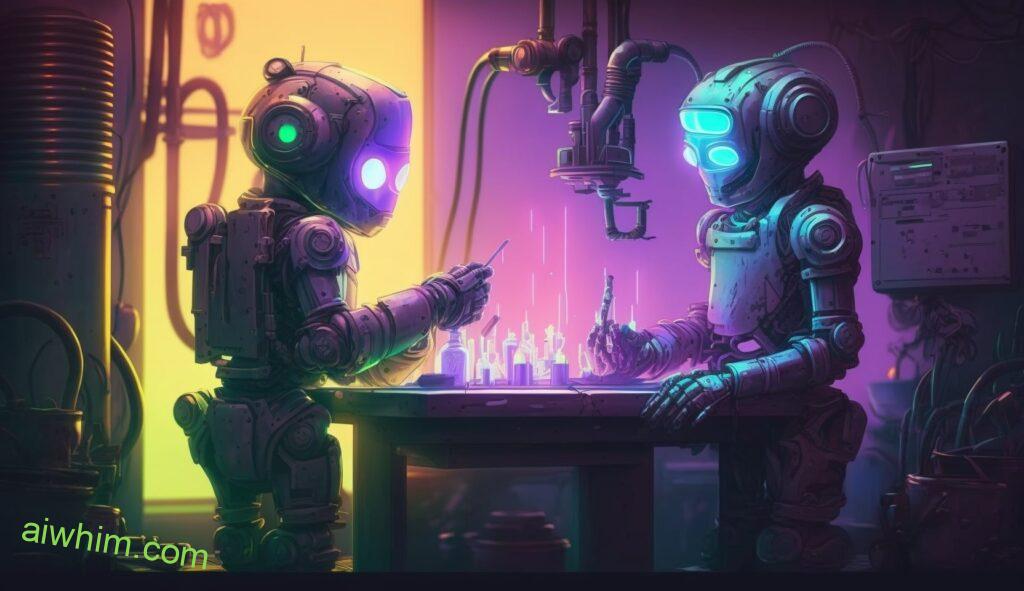
History Of Automation In Construction
From the industrial revolution to recent advancements in robotics, automation has been a part of construction for centuries. This section will explore how technology has evolved over that time and how it is changing the way construction projects are completed today.
- The earliest example of automation in construction dates back to 1784 when engineer James Watt invented his steam engine. Since then, manual labor has gradually been replaced with machines such as cranes and bulldozers.
- In the early 1900s, electric welding was introduced which allowed for safer, faster and more accurate structures than ever before. This led to an increase in productivity and efficiency on job sites around the world.
- With the advent of computers, robots began appearing on work sites during the 1980s and 90s with tasks such as bricklaying, painting and drywall installation becoming automated processes. Robotics have become even more advanced since then with advances in artificial intelligence (AI) allowing robots to take on more complex jobs like demolition or excavation.
- Today, robotics are being used on virtually all levels of construction from small residential homes to large commercial buildings – paving the way for greater innovation and automation within the industry while empowering workers with new tools and resources to help them do their job better and safer than ever before. By utilizing these technologies, companies can reduce costs while increasing quality control standards yielding higher profits year after year without sacrificing safety or craftsmanship along the way!
So it’s clear that automation has had a major impact on construction throughout its history; no longer limited by physical limitations or human error, this evolution of robot assisted building methods continues to shape our future landscape making it easier than ever for us to live well in modern times.

How is AI affecting postal workers? Click the link to find out!
Benefits Of Robot Usage In Construction
As automation in the construction industry continues to advance, one of its most exciting applications is that of robots and artificial intelligence (AI). The use of robotics can increase jobsite productivity while providing workers with greater safety. There are numerous benefits associated with robot usage in construction, including improved efficiency and accuracy.
Robot efficiency has been demonstrated repeatedly in various studies conducted around the world. Robot-assisted tasks on a jobsite have proven time and again to be faster than those performed by humans alone. Additionally, robots often require less effort from an operator due to their automated nature, allowing for more focus on other important tasks. Robots also provide a level of consistency that is difficult for human operators to replicate, resulting in higher levels of accuracy when compared to manual labour.
Another benefit offered by robotics is increased safety at the jobsite. By automating certain processes such as drilling and welding, there is significantly less risk posed to both human workers and bystanders alike. This could potentially prevent costly accidents or even fatalities due to human error or fatigue which may occur during extended working hours. Moreover, robotic machines do not require breaks like their human counterparts and can thus operate continuously without any downtime whatsoever – reducing overall costs dramatically.
The cost savings generated through robotic systems are further enhanced by advancements made in AI technology over recent years. With AI-powered decision making capabilities, robots are able to make autonomous choices based on collected data from sensors placed throughout the worksite – leading to fewer mistakes being made and subsequently saving money long term. As this technology becomes increasingly sophisticated and widespread, it will likely play a larger role within the construction sector moving forward; ultimately revolutionizing how projects are completed today.
In summary then, the introduction of robotics into the construction field provides many advantages ranging from improved efficiency and accuracy right through to increased safety standards at job sites worldwide. Not only does this reduce operational expenses but it allows for smoother operations too – paving the way towards future innovation within this ever-evolving sector . This will ultimately lead to an improved customer experience for those within the construction industry.
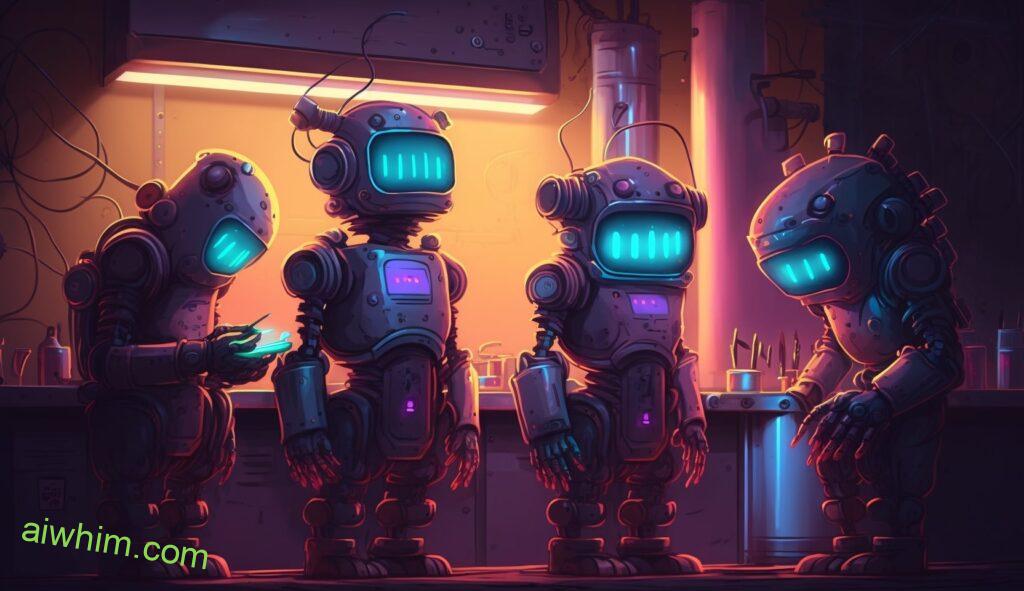
Challenges Of Robot Usage In Construction
Robots and AI have become increasingly attractive solutions for the construction industry given their cost-effectiveness. But, there are still challenges in using robotics on a large scale. It’s important to consider these potential drawbacks before robots completely replace human workers:
- Robot Malfunctions: Robots can be unreliable at times due to malfunctions or errors in coding. While humans may be able to quickly troubleshoot and fix problems that arise during construction projects, robots may take longer to repair or require expert maintenance technicians. This could cause delays in project completion as well as added costs associated with repairs and replacements of malfunctioning equipment.
- Automation Challenges: Automating certain processes within the construction industry is not always straightforward and can create issues if not done correctly. For example, automating tasks such as welding requires special expertise that may only be available from trained professionals who understand how to properly operate robotic arms and other automated systems. Without proper training and oversight, automation efforts can lead to costly mistakes or safety hazards on sites.
- Job Retraining: If robots do eventually replace human laborers in the construction industry, it will mean a major shift for many individuals who currently rely on this type of work for their income. Companies must think about how they will retrain existing employees so that they can transition into new roles or acquire different skillsets that robots cannot provide yet – such as problem solving, creativity, customer service, etc..
These challenges should be taken seriously when considering robot usage in construction projects moving forward; however, it’s also important to remember the benefits that come along with introducing technology into manual labor jobs like increased accuracy and efficiency which can ultimately result in faster turnaround times while reducing costs overall.

Job Losses In The Construction Industry
As the use of robots and artificial intelligence in construction continues to increase, a pressing question arises: will this technology lead to job losses in the industry? This section will examine the potential impacts of automation on employment opportunities within the construction sector.
To explore this issue further, let us consider one example: 3D-printed concrete structures. By using robotic arms and computer vision technologies, it is now possible for builders to create entire structures from scratch without the need for human workers. Does this mean that jobs are being lost as a result of these advances?
It is important to note that while some professions may be replaced by automated processes, such changes do not necessarily equate to job losses. Many tasks which used to require manual labor can now be done more quickly and efficiently with robotics or AI; however, many new roles have also been created. For instance, technicians who maintain robotic equipment or software engineers who design systems for automated building projects are valuable members of any team working with advanced tech tools.
Furthermore, there is evidence showing that automation has resulted in increased productivity rates and improved safety standards—benefits which ultimately benefit both employers and employees alike. In other words, while automation might reduce certain types of labor needs within the construction sector, it could very well open up a range of new possibilities at the same time.
The impact of technology on the construction landscape remains unclear; yet it is clear that thoughtful consideration must be given when replacing humans with machines on any project site as we strive towards greater efficiency and progress. As long as careful considerations are taken into account during each step toward incorporating robots into the workforce – including assessing potential risks associated with job loss due to automation–we can continue moving forward in an ethical manner while ensuring everyone involved benefits from advancements in modern engineering techniques.

Types Of Robots Used In Construction
The construction industry is increasingly relying on robots to complete a variety of tasks. Construction robots, or bots, are automated machines designed specifically for this purpose. They can be used to enhance safety and speed up the completion of projects.
Robotic arms are one type of robot commonly used in construction sites. These robotic arms move around materials with precision and accuracy, allowing workers to focus their attention elsewhere while the arm completes its task. Automated vehicles such as delivery trucks and bulldozers are also being deployed more frequently on construction sites. The use of these types of robots has improved productivity by reducing labor costs and eliminating human errors associated with manual work.
Another popular robot used in construction is an exoskeleton suit created to assist workers in strenuous activities like lifting heavy objects or working at height. This suit provides support for the body during high-intensity jobs which helps reduce fatigue and prevent injuries from occurring due to overexertion or direct physical contact with hazardous materials.
Lastly, drones are becoming increasingly common tools in some aspects of construction projects. Drones provide aerial surveillance of large areas which allow them to detect potential problems before they become major issues that could cause delays or damage property. Additionally, drones can help surveyors map out terrain quickly and accurately when planning new developments or renovations – saving time and money compared to traditional surveying techniques.
It’s clear that robotics have had a tremendous impact on the construction industry so far – streamlining processes, increasing efficiency, and helping ensure worker safety all at once. By continuing to invest in technological advancements related to robotics, businesses within the sector will benefit greatly moving forward into the future
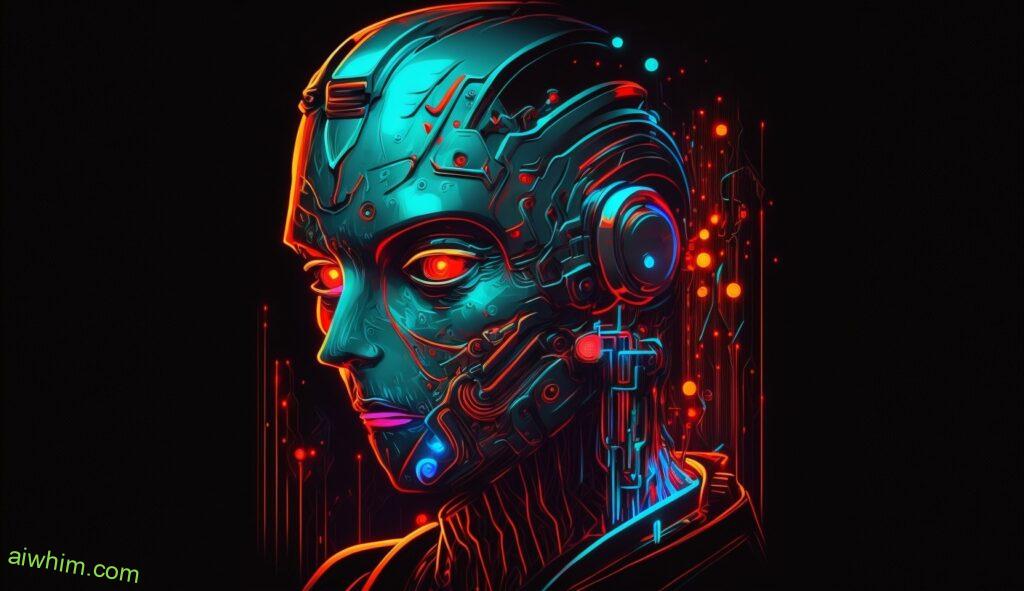
How Robots Will Change The Way We Build
Robots have already begun to revolutionize the construction industry, and it’s only a matter of time before they become commonplace. By replacing human workers with robots that can build faster, more accurately, and at lower cost, companies can increase profits while potentially reducing environmental impacts. With robot-building technology and automation in construction becoming increasingly advanced through machine learning, there is no telling what kind of changes are on the horizon for this industry.
The implications of robotics in construction will be immense. Not only could robots take over many of the laborious tasks currently done by humans but they may also offer completely new ways to design and construct buildings. As machines learn to think critically about problems faced by architects or engineers, their ability to come up with innovative solutions is sure to improve significantly over time. This could lead to structures being built much quicker than ever before, as well as structures that are safer and more aesthetically pleasing than those constructed today.
Moreover, robotic technology has potential applications far beyond the construction site itself. In an age where artificial intelligence (AI) is rapidly advancing, automation systems equipped with intelligent algorithms could be used to monitor building performance from start to finish – from overseeing development processes all the way through monitoring maintenance once a structure is completed. This would give builders unprecedented control over projects which leads not just higher productivity but also greater safety for workers onsite who might otherwise be exposed to hazardous conditions such as extreme weather or dangerous tools/materials.
Finally, robots’ capacity for precision work means that fewer mistakes are likely when constructing intricate details like stone masonry or metalwork, leading to better results overall – both structurally sounder buildings and ones that look nicer too! It’s clear then that robotics presents us with exciting possibilities when it comes to building our future cities – allowing us greater freedom from mundane manual labor whilst still ensuring quality craftsmanship remains at its core

How Robotics Will Impact The Cost Of Building?
Robotics and AI are set to revolutionize the construction industry. It’s clear that robotics will have a major impact on building costs, as they can automate certain processes which would otherwise require human labor. This could result in significant cost savings for companies who invest in automation technology.
The use of robots also allows for faster completion of tasks than is possible with manual labor. By automating certain aspects of the job, projects can be completed much more quickly, saving time and money for clients. Additionally, robotic systems can be programmed to perform specific tasks accurately and consistently, eliminating potential errors caused by human workers.
Another benefit of using robots in construction is improved safety on site. Robots are able to work at heights or other hazardous locations without putting any personnel at risk. They are also able to operate heavy machinery safely and efficiently when it may not be safe for humans to do so. This reduces the number of accidents and injuries on jobsites while improving overall productivity levels.
These advantages make investing in robotics an attractive option for many builders looking to reduce their costs while providing higher quality products and services. As such, there’s no doubt that robotics will continue to become increasingly commonplace in the construction industry over the coming years – bringing new opportunities for cost savings along with them.

The Future Of Robotics And AI In Construction
As the advent of robotics and AI in construction continues to grow, it is essential that we consider the ethics and regulation involved. Robotics have already begun to replace manual labor on building sites, raising questions about who will be responsible for these machines if something goes wrong. Additionally, ethical considerations must be taken into account when developing robots specifically designed to work with people. As such, governments need to develop regulations regarding the use of robotics and AI in this industry.
At present, there are many advantages associated with using robotics and AI in construction. Automation can save time, money, and energy during a project’s development stages as well as increase overall safety by reducing human error on-site. Furthermore, advances in technology allow certain tasks to be completed faster than ever before – such as autonomous excavators used for clearing land or robotic bricklayers which could potentially lay up to 1000 bricks an hour! However, the potential disruption caused by automation has prompted some experts to suggest that construction workers should receive additional training now so they can adjust their skillset accordingly in future years.
The long term implications of increased reliance on robotics and AI remain unclear; however it seems inevitable that more jobs will become automated over time. It is important therefore that policymakers create legislation governing how robots interact with humans both inside workplaces and out in public spaces – especially since these technologies may soon start taking care of mundane tasks like cleaning job sites or helping secure items while working at heights. The potential danger posed by unskilled deployment of robotic systems must not be ignored either – rigorous testing protocols are needed alongside strict rules around maintenance schedules and usage parameters (such as speed limits).
Robotics and AI have significant potential within the construction industry but also come with risks attached; careful consideration must be given now towards ensuring any new technology developed is safe for its intended purpose whilst considering all possible ethical ramifications too. Regulation needs to address issues surrounding liability as well as ensure appropriate safety measures are implemented prior to deploying devices onto job sites; only then can we hope for a future where robot-human collaboration adds value rather than replacing existing roles entirely.
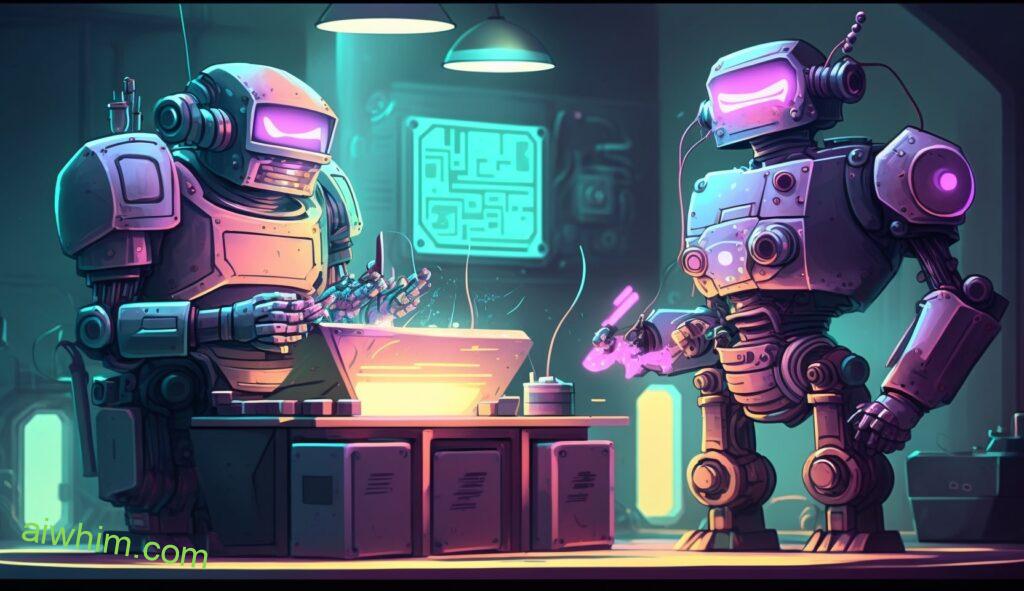
Ethical Concerns Around Automation
As automation, robots and AI continue to make their way into the construction industry, it is important for us to consider ethical questions about how we use this technology. There are a number of concerns that need to be addressed in order for us to ensure that automation does not adversely affect humans or the environment.
First, robotics ethics must take into account the potential risks posed by automated systems, such as errors made due to machine learning algorithms or malfunctioning sensors. This could lead to safety issues on construction sites, which could potentially result in harm to workers or bystanders. Second, automation ethics should also consider the impact of artificial intelligence (AI) on jobs in the construction sector. While automating some processes can increase efficiency and reduce costs, there may be job losses if certain tasks are taken away from human workers.
Thirdly, when introducing new technologies into an industry like construction, attention needs to be paid to addressing any potential security vulnerabilities within these systems. If proper cybersecurity measures are not implemented then malicious actors may exploit them for financial gain or other nefarious purposes. Finally, consideration should be given to the environmental impact of using robotic devices and autonomous vehicles on building sites; this includes considerations around energy consumption and emissions produced by these machines during operation.
In summary:
- Robotics ethics must address potential risks from automated systems
- Automation ethics should consider AI’s effect on jobs in construction
- Security vulnerabilities need addressing with new tech introductions
- Environmental impacts from robotic devices & autonomous vehiclesshould be considered 5. and regulations should be implemented to ensure their safe and proper use.
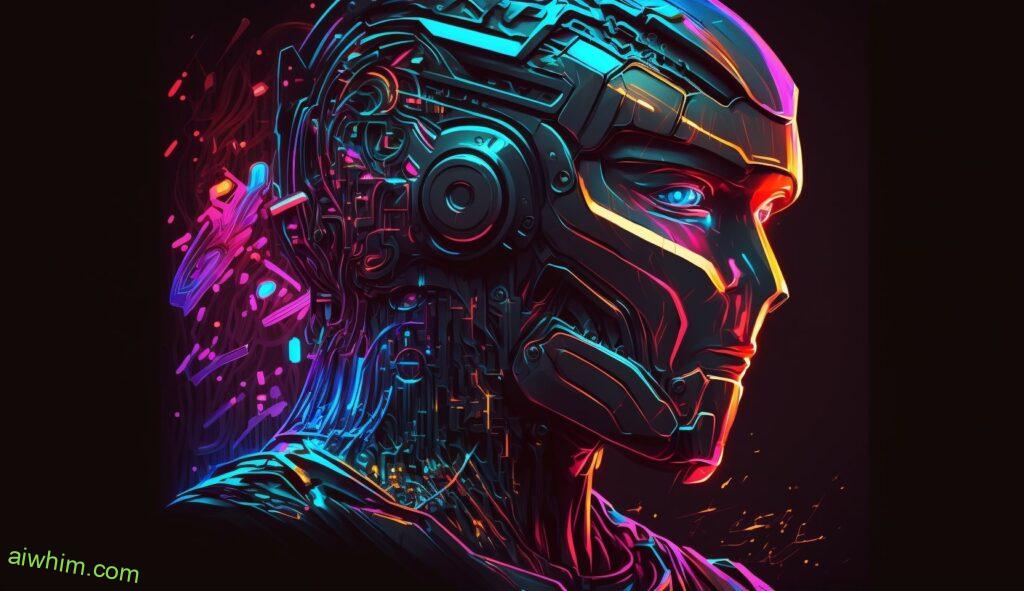
Human-Robot Collaboration On A Construction Site
The debate around robots and AI replacing construction workers is one that has been ongoing for many years. But could there be a new solution? Could human-robot collaboration on a construction site provide the answer to this problem? To answer this question, let’s look at how such collaborations have already taken place.
In recent years, technology advancements in robotics and AI have enabled humans and robots to work together on various projects. This kind of collaboration can help reduce errors or mistakes caused by manual labor, as well as increase efficiency and productivity. Additionally, it allows for greater flexibility when constructing complex structures with limited space constraints. For example, robotic arms can lift heavy materials or operate tools in tight spaces where a person would not normally fit.
Robots are also capable of executing tasks that are too difficult or dangerous for humans to do on their own. This includes working in hazardous environments where safety regulations prevent people from entering, as well as completing repetitive jobs with high precision that would take an excessive amount of time if done manually. As a result, robot-human partnerships allow us to explore areas beyond our current capabilities while keeping us safe from harm’s way.
Furthermore, these types of collaborations open up new opportunities for innovation within the industry. With increased access to data and insights gained through automation, engineers will be able to make more informed decisions about design and engineering processes faster than ever before. This helps create smarter designs which lead to better results overall – something that no traditional methods could achieve without the help of intelligent machines and humans working together side by side.
It’s clear then that human-robot collaborations bring numerous benefits both inside and outside the construction site – leading us closer towards a future where technology works hand-in-hand with humanity rather than against it. By leveraging the strengths of both man and machine we can reach levels of success never thought possible before – achieving optimal outcomes across all aspects of our lives
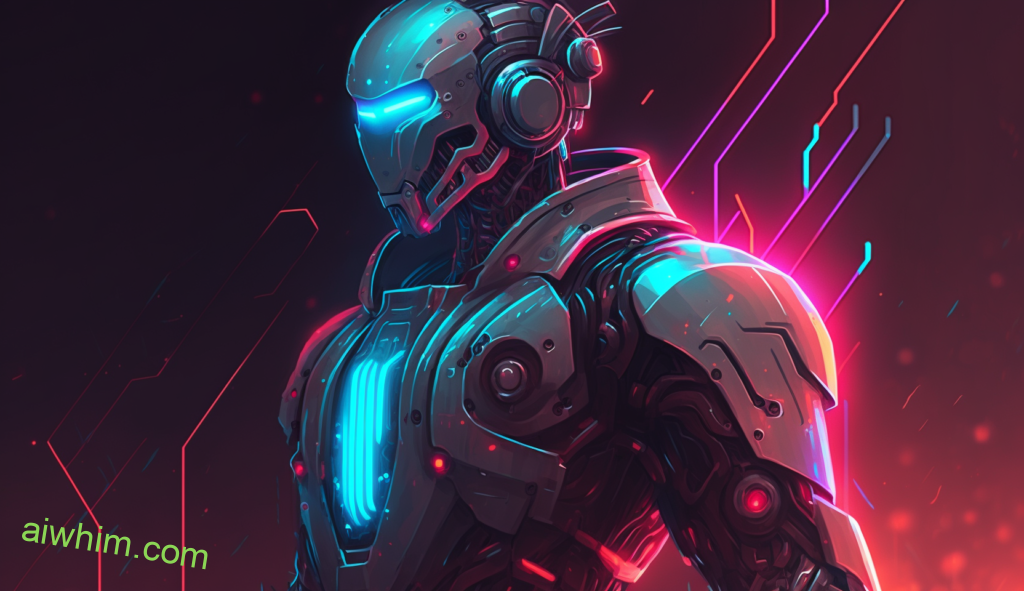
Training Programs To Help Workers Transition
As robots, automation and AI become increasingly common in the construction industry, workers are faced with a difficult transition. To help ease this process, there is an array of training programs available to prepare them for their new roles. Construction worker training courses are offered that provide information on safety standards, best practices and regulatory compliance. They also offer tips on how to work effectively with robots and other automated systems. These courses can help build confidence so workers feel more comfortable working alongside advanced technology.
Robot operator training is another type of course designed to teach those who will be responsible for managing the robotic equipment used in various construction projects. This type of program may include instruction on programming, operation best practices and troubleshooting techniques. It helps ensure robot operators understand the capabilities of the machines they’re using as well as any potential risks associated with them.
In addition to these programs, companies can provide resources to support employees through the automation transition period. For instance, they could set up mentoring or coaching sessions where experienced professionals can give guidance and advice about how to adjust to changing technologies in the workplace. Additionally, some businesses may even offer financial assistance towards retraining costs if needed.
It’s important that employers prioritize providing adequate support during this time of rapid change within the industry. Through effective training programs and helpful resources, construction workers can make a smooth transition into the future world of robotics and automation while continuing to perform at high levels in their jobs.

Regulations And Laws Related To Robotics And AI
Recent statistics have shown that robots are increasingly being incorporated into construction projects. In fact, in 2019 the global robotics market for construction totaled over $3 billion USD and is expected to grow at a compound annual growth rate of 16% through 2025. As robotic technology continues to be integrated into this industry, it is important to discuss regulations and laws related to robotics and AI.
Below is a list of 3 key points about these regulations:
- Robotics legislation can vary greatly from country to country or even state by state.
- Regulations on robots may focus on safety issues as well as licensing requirements for those who operate them.
- Laws concerning the use of Artificial Intelligence (AI) in construction typically include restrictions regarding data privacy.
Robotics regulations aim to ensure safe operation of machines while also protecting workers from any potential harm caused by their presence in various industries. Depending on where they are used, certain rules and guidelines must be followed when operating these devices, such as ensuring proper training before deployment and following all local safety protocols. Additionally, many countries require licences for operators of robotic machinery on jobsites; without one, individuals risk hefty fines or worse if caught operating unlicensed equipment.
The use of AI has become more common within the construction sector recently; however there are still legal grey areas surrounding its application in some cases due to lack of regulation specific to this area. Governments around the world need to create new laws governing how data collected by AI systems should be handled with respect to privacy rights and other considerations that come along with using artificial intelligence tools in a professional setting. With clearer guidance available, companies can begin taking full advantage of AI’s capabilities without fear of violating existing laws or ethical standards.
In order for both robot automation and AI-driven solutions to truly revolutionize the way construction sites function today, governments must take steps towards creating comprehensive frameworks for regulating these technologies which will allow businesses greater freedom while ensuring worker protection remains paramount . It is clear that robust regulations are necessary in order for businesses utilizing robotics and AI technology to remain compliant while achieving maximum efficiency gains across the board.
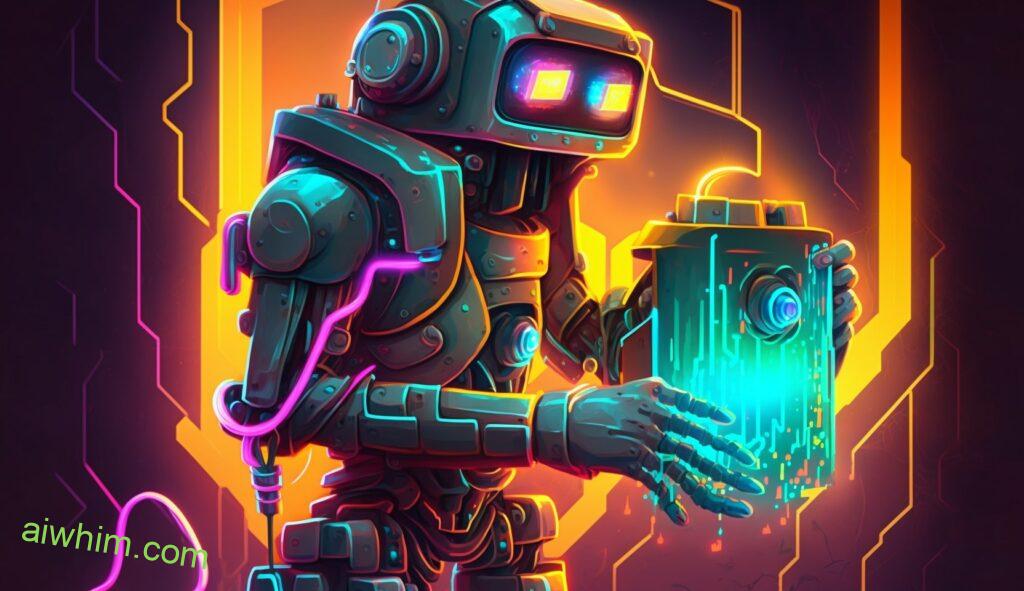
Safety Measures To Reduce Accidents Involving Robots
As robots and artificial intelligence become more widespread in the construction industry, safety measures need to be implemented to reduce accidents caused by these machines. Companies must make sure there are clear guidelines for operating robots safely and protecting workers from any potential harm. They should also ensure that robotic systems have a failsafe system that can detect errors before they occur and shut down automatically if an error is detected. Additionally, companies should install sensors on their robots so they can detect when human workers enter their workspace and stop operation immediately.
Furthermore, it’s important for employers to provide employees with proper training about how to operate robot systems correctly and safely. Robot manufacturers should develop user-friendly interfaces that allow anyone to utilize them without confusion or difficulty. This will help prevent accidental misuse of the equipment which could lead to accidents occurring onsite. Finally, all robotic systems should be regularly maintained by qualified personnel who understand the specific needs of each machine and how it works within its environment. These steps will go a long way towards ensuring a safe work environment for both humans and robots alike.

The Role Of Governments In Adapting To Automation
The sky is the limit when it comes to automation, and governments must prepare for such a reality. As robots and artificial intelligence become more advanced, construction workers may find themselves out of work in favor of machines. Governments can play an important role in adapting to this new wave of automation by providing resources to those who have lost their jobs due to automation.
One way that governments can do this is by creating retraining programs which would help them transition into other industries where they may be needed. This could involve teaching individuals how to use technology or developing skills that are necessary in non-automated roles. Additionally, governments should consider introducing policies that seek to protect workers from displacement as well as create incentives for employers to hire people over machines.
Governments also need to ensure that social security systems are able to keep up with the changing economic landscape brought on by automation. For example, some countries may require citizens to pay into a system in order for them to receive benefits if they were displaced due to automation, while others might provide income support depending on individual circumstances. Regardless of which option is chosen, it is essential that these safety nets exist so that those affected will not fall through the cracks during this process of adaptation.
This change has already started happening and it’s only accelerating; governments must act now if they want to give citizens a fighting chance against the effects of automation. From offering financial assistance and retraining opportunities, all the way through ensuring access to quality education – there is much work ahead for policymakers around the world looking at ways in which they can shape our societies’ future with respect to robotics and AI replacing human labor force.

Final Words
In conclusion, robotics and AI have the potential to revolutionize the construction industry in many ways. By automating certain tasks, robots can reduce human labor costs while increasing productivity and safety on job sites. While some worry about job losses due to automation, programs are being developed to help workers transition into other fields or obtain new skillsets that make them more competitive in the changing environment. Governments will also need to adapt regulations and laws related to robotics and AI in order to ensure worker safety as well as a fair playing field for all competitors in the market.
Ultimately, it’s going to be up to both individuals and organizations alike to embrace these advancements without fear but with a forward-thinking mentality towards creating new opportunities for everyone involved. We must work together now before AI takes over completely so we can create a positive future for ourselves and generations after us.
Author: Ole Paulson
Author Bio: I’m Ole and on this website, I share everything there is to know about Artificial Intelligence, and useful tips for using AI to our advantage. I have a background in data science and research and have been following the AI-space for years. You can read more about me in the “About” page.

